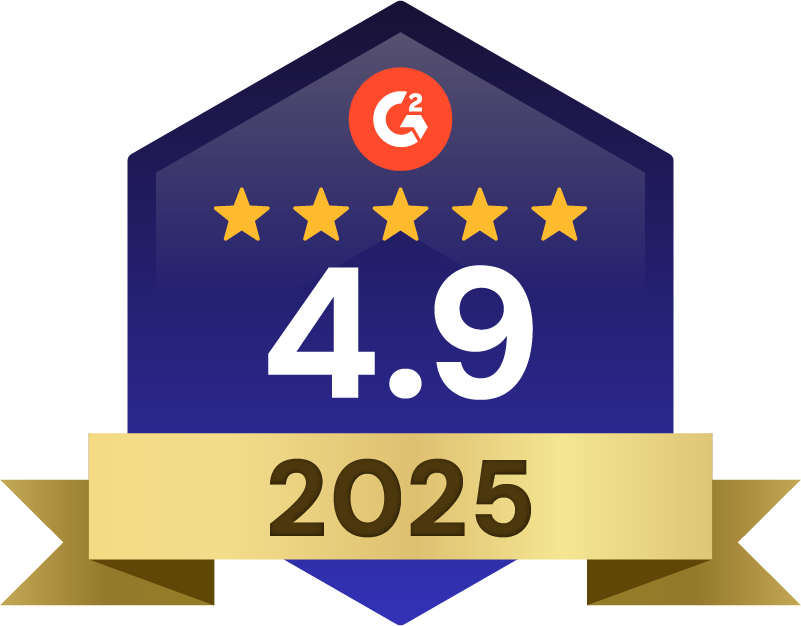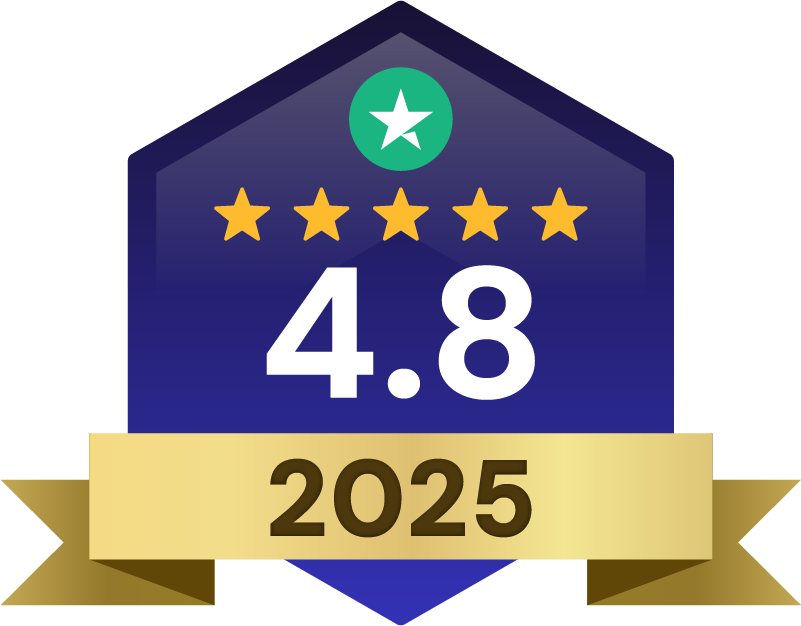What is a multiple listing service? An MLS is a shared database real estate agents use to list, access, and manage property listings in local markets.
Industry Insights Technology
In real estate, the process of buying and selling homes involves many professionals, properties, and details. To make this process more organized and efficient, real estate brokers use a system called the Multiple Listing Service.
The Multiple Listing Service, often shortened to MLS, is a central part of how real estate professionals share property information. It is designed to help brokers work together by providing one place to find and post listings.
This article explains what the MLS is, how it works, who uses it, and how it fits into today’s real estate industry.
What Is a Multiple Listing Service (MLS)?
A Multiple Listing Service (MLS) is a shared database used by real estate professionals to list and access properties for sale. It is created and managed by groups of cooperating brokers who agree to share their property listings with each other.
The term “Multiple Listing Service” refers to the fact that many different brokers and agents contribute listings to the same system. This allows them to see each other’s properties and work together to help clients buy or sell homes.
Each property listed in the MLS includes detailed information such as the address, price, features, photos, and status of the property. This information is standardized to make it easier to search, compare, and share.
The MLS is not a single nationwide system. There are many MLS organizations across different regions, each serving local markets and following specific rules and standards.
Why These Services Exist for Real Estate
Before MLS systems existed, each broker kept their own records of available properties. This made it difficult for agents to find homes for buyers and for sellers to reach a wide audience.
By creating a central database, brokers could work together while still maintaining their independent businesses. This cooperation benefits everyone involved in real estate transactions.
Main reasons MLSs were developed:
- Market efficiency: Connects buyers and sellers more quickly
- Broker cooperation: Allows competing brokers to work together
- Information sharing: Creates one reliable source for property data
- Consumer protection: Sets standards for accurate information
The MLS also introduced standard formats and rules for listing data. This includes requirements for what information must be included, how quickly listings must be updated, and how agents cooperate on sales.
How Does an MLS Database Work?
An MLS database is a secure digital platform where licensed real estate professionals enter and manage property listings. Think of it as a specialized library of homes for sale, accessible only to members.
| Feature | MLS Database | Public Listing Sites |
|---|---|---|
| Data Accuracy | Verified by professionals | May be outdated or incomplete |
| Access | Licensed agents/brokers only | General public |
| Listing Details | Comprehensive | Limited |
| Update Frequency | Real-time or daily | Varies |
1. Listing submission
When a seller signs with an agent, that agent enters the property into the MLS. They must include specific details like:
- Property address and location
- Asking price
- Number of bedrooms and bathrooms
- Square footage
- Lot size
- Special features
- Professional photos
MLS rules require listings to be added quickly, usually within 24-48 hours after signing a listing agreement. This helps keep the database current and accurate.
2. Data standardization
To make searching and comparing properties easier, MLS systems use standard categories and formats. Properties are organized by:
- Property type (single-family, condo, etc.)
- Geographic area
- Price range
- Physical characteristics
The MLS sets quality standards for photos and requires complete, accurate information. Members who don’t follow these standards may face penalties.
3. Distribution to portals
While the full MLS is only available to members, selected listing information is shared with public websites through systems called IDX (Internet Data Exchange) and VOW (Virtual Office Website).
This is how listings appear on popular sites like Zillow and Realtor.com. However, not all MLS information is shared publicly. Some details, like commission splits or seller notes, remain private.
Updates to listings in the MLS are regularly sent to these public sites, usually within a few hours.
Who Can Access MLS Listings?
Access to the complete MLS is limited to licensed real estate professionals who are members of that specific MLS organization. These professionals pay membership fees and agree to follow the rules set by the MLS.
| User Type | Access Level | Requirements |
|---|---|---|
| Real Estate Agent | Full | License + MLS membership |
| Broker | Full | License + MLS membership |
| Consumer | Limited | Through agent or public portals |
| Appraiser | Partial | License + MLS membership |
Consumers can’t access the MLS directly. Instead, they view listings through:
- Their real estate agent
- Public websites that receive MLS data
- Brokerage websites with IDX feeds
The information consumers see is often limited. They don’t have access to all the details that agents can see, such as:
- Commission information
- Showing instructions
- Seller disclosures
- Agent-only remarks
Key Benefits of a Multiple Listing Service
The MLS creates a more organized and efficient real estate market for everyone involved.
1. Increased visibility for sellers
When a home is listed in the MLS, it’s immediately visible to thousands of real estate agents and their buyer clients. This wide exposure is much more effective than a single agent trying to sell a property on their own.
Benefits for sellers:
- Wider audience: Reaches all agents in the market, not just one office
- Faster sales: More exposure often leads to quicker offers
- Better prices: Competition among buyers can drive up offers
2. Centralized information for buyers
Buyers benefit from having access to nearly all available properties through their agent. The standardized format makes it easier to compare homes and make informed decisions.
Benefits for buyers:
- Comprehensive options: See almost all available properties in one place
- Reliable information: Data is verified and regularly updated
- Historical context: Access to past sales and listing history
3. Cooperative broker networks
The MLS encourages cooperation between competing brokers through commission sharing. When a home sells, the listing broker shares the commission with the broker who brings the buyer.
This system motivates all agents to show all properties, regardless of which brokerage has the listing. It creates a more open market where the focus is on finding the right match between buyers and properties.
4. Market transparency and accuracy
The MLS provides accurate data about current and past real estate activity. This information helps everyone understand market conditions and make better decisions.
Types of market data available:
- Current listing prices
- Days on market
- Price changes
- Sold prices
- Property history
Modern Applications in Real Estate
Today’s MLS systems do much more than just list properties. They integrate with various technologies to make real estate professionals more effective and provide better service to consumers.
1. Website integration
MLS data connects to real estate websites through a system called IDX (Internet Data Exchange). This allows agents and brokers to display MLS listings on their own websites.
IDX integration creates a seamless experience for website visitors, who can search for properties without leaving the agent’s site. The listings update automatically when changes are made in the MLS.
AgentFire’s website platform includes IDX integration that displays MLS listings in an organized, user-friendly format. This helps agents provide up-to-date property information to their online visitors.
2. CRM and data analytics
Modern real estate professionals use the MLS as a data source for customer relationship management (CRM) systems and market analysis tools.
MLS data powers:
- Lead tracking and management
- Automated listing alerts for clients
- Comparative market analyses
- Market trend reports
- Property valuation tools
These tools help agents work more efficiently and provide better service to their clients. By analyzing MLS data, agents can spot trends and opportunities that might otherwise be missed.
3. AI and automated valuations
Artificial intelligence is transforming how MLS data is used. AI systems can analyze thousands of listings to identify patterns and make predictions.
AI applications for MLS data:
- Automated home valuation models
- Predictive analytics for market trends
- Personalized property recommendations
- Image recognition for property features
These technologies help agents and consumers make sense of the vast amount of data available in the MLS. They can identify comparable properties, estimate values, and predict how market changes might affect specific neighborhoods.
A Look at MLS Membership and Fees
Joining an MLS requires a real estate license and membership in a local association. The cost varies by location but typically includes several types of fees.
Common MLS fees:
- Initial joining fee: One-time payment when first becoming a member
- Recurring membership dues: Monthly or quarterly fees to maintain access
- Technology fees: Charges for software and systems
- Optional service add-ons: Additional tools or enhanced features
These fees fund the operation of the MLS, including technology development, data management, and administration. While the costs can be significant, most real estate professionals consider MLS membership essential to their business.
Moving Forward with MLS and Your Real Estate Web Strategy
The MLS remains the foundation of the real estate industry. It provides the structure and standards that make the market work efficiently for everyone involved.
For real estate professionals, effectively using MLS data on their websites can create a competitive advantage. Websites that integrate MLS listings through IDX provide visitors with valuable property information while keeping them engaged with the agent’s brand.
AgentFire’s website solutions connect seamlessly with MLS data, creating property search experiences that help convert visitors into leads. Features like map-based search, saved favorites, and automated listing alerts make it easy for consumers to find what they’re looking for.
By combining the power of the MLS with modern web design and marketing tools, agents can build a stronger online presence and better serve their clients.
FAQs About Multiple Listing Services
Is Zillow the same as an MLS?
No. Zillow is a public website that displays some property listings from MLS databases, but it is not an official MLS and doesn’t include all the data that licensed professionals can access.
Can the general public access an MLS directly?
No. Full access to an MLS is limited to licensed real estate professionals who are members of that MLS organization. Consumers can only view selected MLS data through agents or public websites.
How many multiple listing services exist in the United States?
There are approximately 500-600 regional MLSs operating in the United States. The number has been decreasing as smaller MLSs merge to create larger regional systems.
Are all properties for sale listed in an MLS?
No. Some properties are sold without being listed in an MLS, including For Sale By Owner (FSBO) properties, pocket listings, and certain new construction homes.
How often is MLS data updated?
MLS data is typically updated in real-time or at least daily. Most MLS organizations have rules requiring members to update listing status changes within 24-48 hours.






